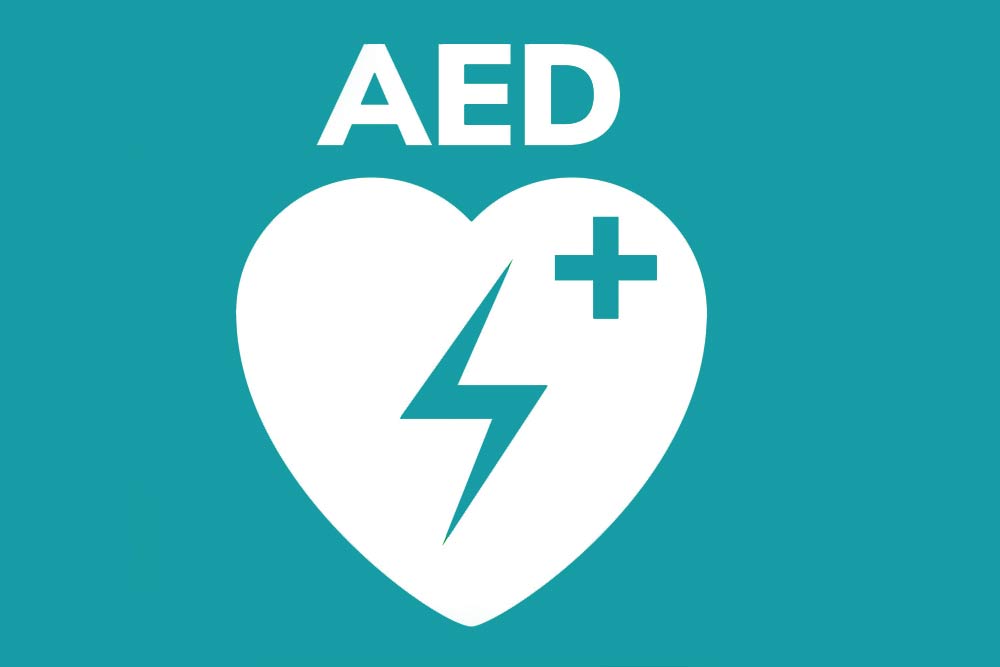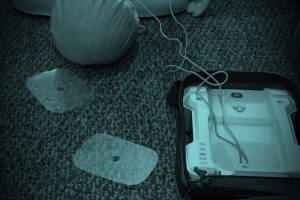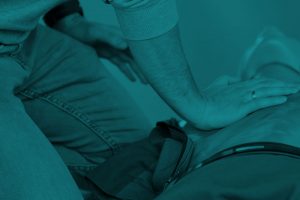
Probability of survival after out-of-hospital cardiac arrest (OHCA) doubles when a bystander initiates cardiopulmonary resuscitation and uses an automated external defibrillator (AED) rapidly. National, state, and community efforts have increased placement of AEDs in public spaces; however, bystander AED use remains less than 2% in the United States. Little is known about the effect of giving bystanders directional assistance to the closest public access AED.
Methods: We conducted 35 OHCA simulations using a life-sized manikin with participants aged 18 through 65 years who searched for public access AEDs in 5 zones on a university campus. Zones varied by challenges to pedestrian AED acquisition and number of fixed AEDs. Participants completed 2 searches-first unassisted and then with verbal direction to the closest AED-and we compared AED delivery times.
Results: In all 5 zones, the median time from simulated OHCA onset to AED delivery was lower when the bystander received directional assistance. Time savings (minutes:seconds) varied by zone, ranging from a median of 0:53 (P = 0.14) to 3:42 (P = 0.02). Only 3 participants immediately located the closest AED without directional assistance; more than half reported difficulty locating an AED.
Conclusions: These findings may inform strategies to ensure that AEDs are consistently marked and placed in visible, accessible locations. Continued emphasis on developing strategies to improve lay bystanders’ ability to locate and use AEDs may improve AED retrieval times and OHCA outcomes.






